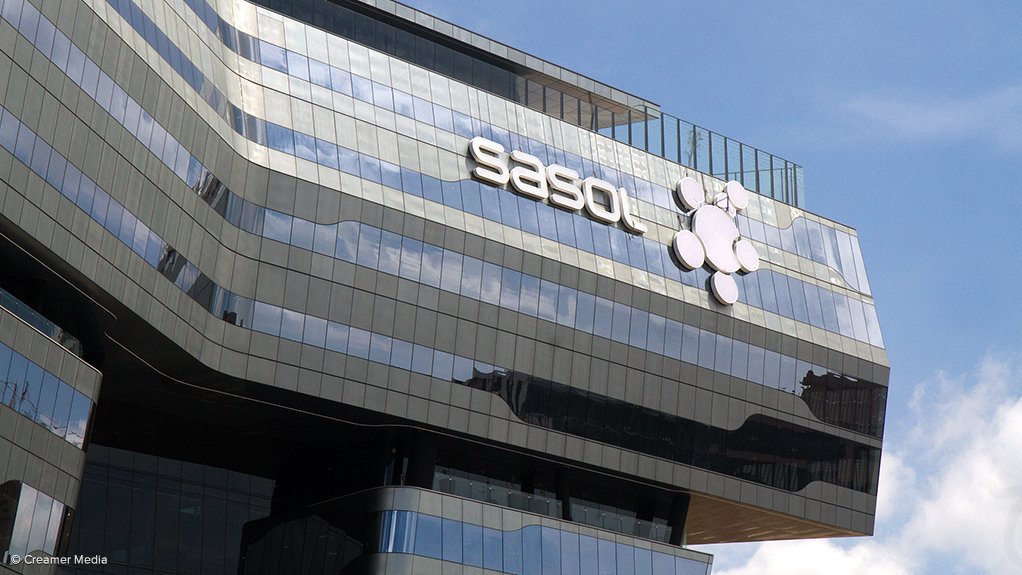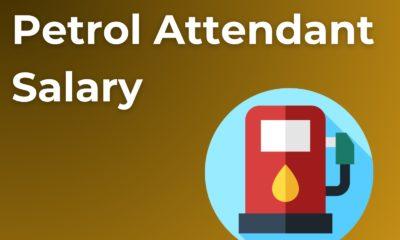Business
Sasol Faces Investor Scrutiny Ahead of Strategy Update Amid Emissions and Coal Pivot Concerns

Sasol, South Africa’s second-largest company by revenue and one of the country’s biggest polluters, is set to deliver its first Capital Markets Day since 2021 on May 20. With its share price down 48% over the past year and a contentious pivot back to coal, investors are demanding clear answers on the company’s emissions strategy, future production plans, and cash flow outlook.
Since taking the helm just over a year ago, CEO Simon Baloyi has committed to maintaining Sasol’s ambitious 30% greenhouse gas emissions reduction target by 2030. But critics say the approach to achieving this has changed dramatically—raising concerns that the target itself may be quietly compromised.
The Coal Conundrum
While Sasol had originally charted a course away from coal toward natural gas and green hydrogen, its recent moves suggest a doubling back. This return to coal-heavy operations is especially concerning to environmental investors, given Sasol’s status as the world’s largest producer of synthetic fuels from coal and South Africa’s second-largest emitter.
In 2023, Sasol wrote down the full value of its flagship Secunda refinery, a move tied to its “cut volumes to cut emissions” strategy. But many analysts argue that this approach has damaged investor confidence without offering a credible long-term growth alternative.
“The strategy that led to a writedown of the Secunda assets and a massive derating of the stock clearly isn’t something that is appealing to investors longer term,” said Sriharsha Pappu, an analyst at HSBC. “They need to put forward a plan that provides clarity on longer-term volumes and terminal cash flows.”
What Investors Want to Hear
Investors are looking for more than just a vague roadmap. They want specifics:
-
How will Sasol reduce emissions while maintaining profitability?
-
What are the updated production and cost-saving goals?
-
Is there a pathway for recovering the value of its international chemicals business, which has been battered by weak markets?
Baloyi has promised updates on these issues, including progress in international operations, potential business restructuring, and how Sasol plans to navigate the global energy transition “in a value-accretive way.”
“We will also be watching for updates on cost containment, capital discipline, and how Sasol plans to offset margin pressures from still-weak chemicals markets and persisting global trade risks,” said Salih Yilmaz, an analyst at Bloomberg Intelligence.
A Risky Time to Backtrack
Activists and some institutional investors remain wary. Tracey Davies, executive director of Cape Town-based nonprofit Just Share, voiced concerns that Sasol might walk back its 2030 emissions target under the guise of “strategy adjustments.”
“We don’t have high expectations,” Davies said. “Our biggest concern would be that there’s some kind of retreat from the 2030 target.”
Sasol’s 2024 emissions were down 5% from its 2017 baseline, but notably, this came despite emissions rising for a second consecutive year—raising fresh doubts about the company’s ability to stay on track.
Sasol’s strategy update is a pivotal moment not just for the company, but for South Africa’s broader energy and economic outlook. Investors will be paying close attention to whether Sasol can credibly balance climate commitments with shareholder returns—or if further market volatility lies ahead.
As the world moves toward a low-carbon future, Sasol’s decisions now could define its relevance and value in the next decade.
{Source: MoneyWeb}
Follow Joburg ETC on Facebook, Twitter , TikTok and Instagram
For more News in Johannesburg, visit joburgetc.com



























